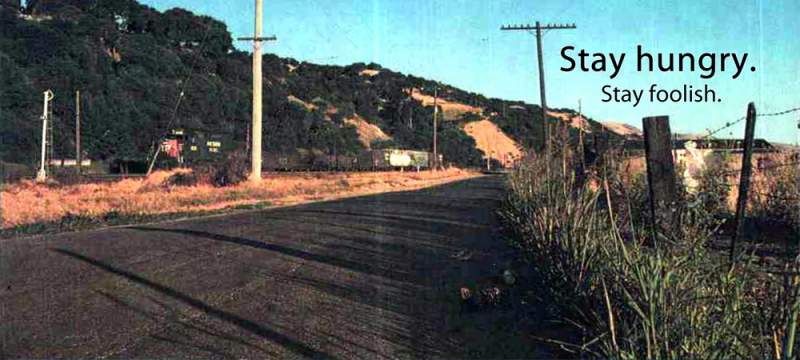This is the most basic and important operational task. All data should be backed up as frequently as possible. This is to protect against logical data corruption or data loss. The server’s hard disk is protected by RAID 5, but it is possible for Joe from Accounting to accidentally delete last month’s statement of accounts.
The most common form of backup media is tapes, DDS, DLT IV or LTO 4. If the size of your data on the server/s is small, this can be easily done during off hours, eg night time.
Choose one backup software and tape format. Stick with it. Do not fall into the trap having individual server backing up its own data. You will then have to monitor the backup jobs on all the servers when you can only monitor one.
If there is any data corruption on the server, you can quickly restore it from last night’s tape and resume normal operations. In a worse case scenario, if the Admin’s folder is corrupted at the end of the business day, you can only restore from yesterday’s tape. The Admin folks will lose one day of data.
There are technologies to help you with this:
- Volume Shadow Copy. This is a feature in Windows 2003 and later. It can regularly snapshot the changes in the folders. I usually set it to three times a day on a file server with 300 users. There was little if any impact. You cannot rely on shadow copy as a backup service as it is possible for the changes in the data to overflow the shadow copy store. The users can recover their old data with minimal IT skills.
- SAN Snapshot. If your data is on a SAN, some SAN solutions offer a wide variety of snapshot functions. Check with your vendor for more information. You can snap 2 or 3 times a day as an interim backup during operational hours. At the end of business, backup the actual data to tape. Note if you need access the data in the snapshot, it will require some IT skills.
At the end of the day, you can use one tape to backup all the data, day in day out or you can use a system with more depth. For example 2 sets of rotating weekly tapes (10), coupled with archival monthly (12) and yearly tapes. Yearly archival of data is a legal requirement in most places. All these tape rotation requires some investment. You will need at least 3 boxes of 10 to start with.
What to do with these tapes? If you can afford a professional tape storage service, that would be excellent. Alternatively, if you have multiple offices that are spread out, you can keep the tapes in another office. Work with the regular internal courier service to move the tapes and someone at the other office store it for you. Use a locked box or professional case when the tapes are in transit. If you have a small single site office, consider bringing the tapes home, in a locked box of course!
The most important thing to remember is to check for backup alert messages and don’t forget to change the tapes!

Pingback: Practical disaster recovery plans – Alfred's New Ramblings
Pingback: Practical disaster recovery plans - Alfred's New Ramblings